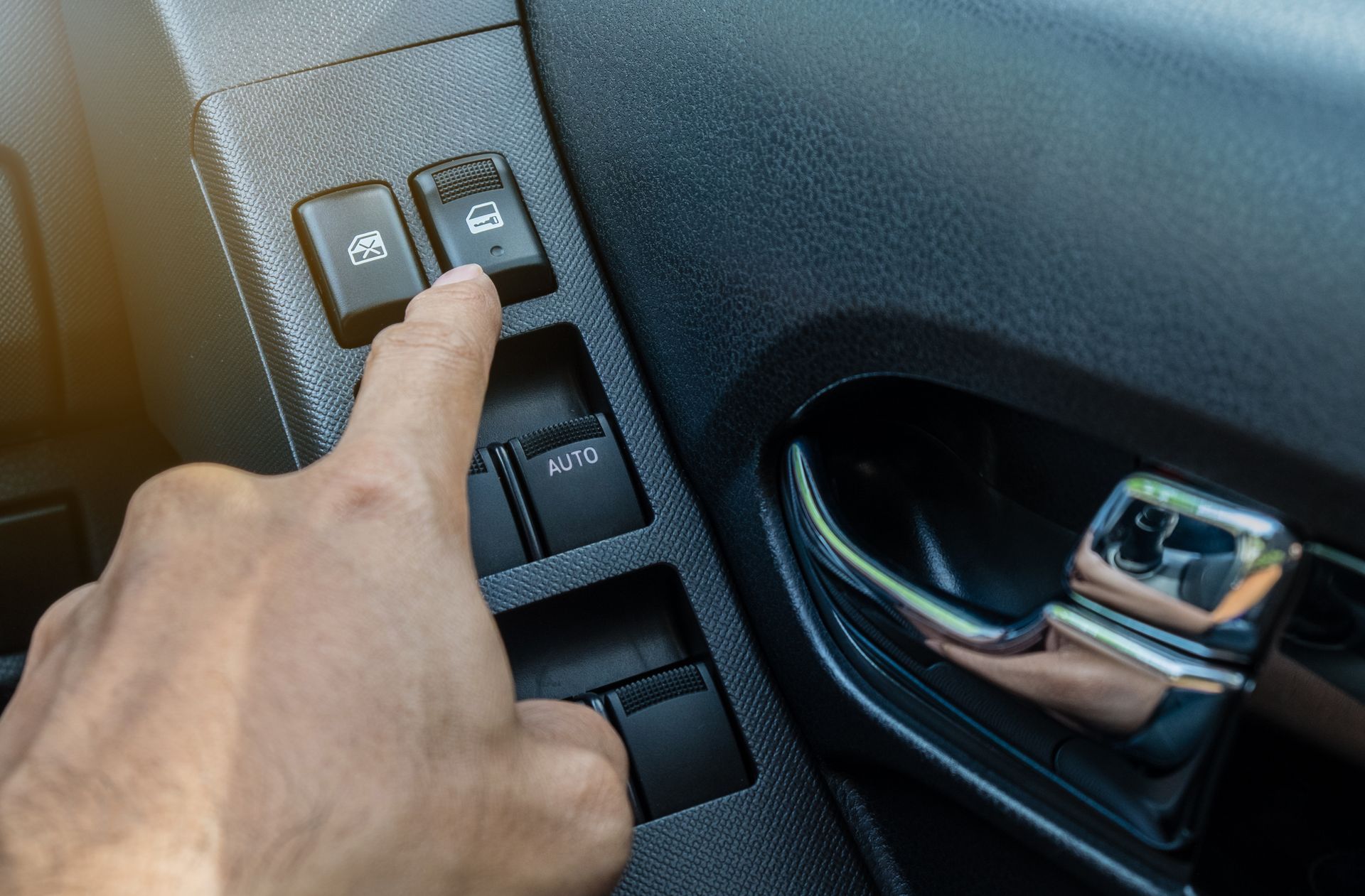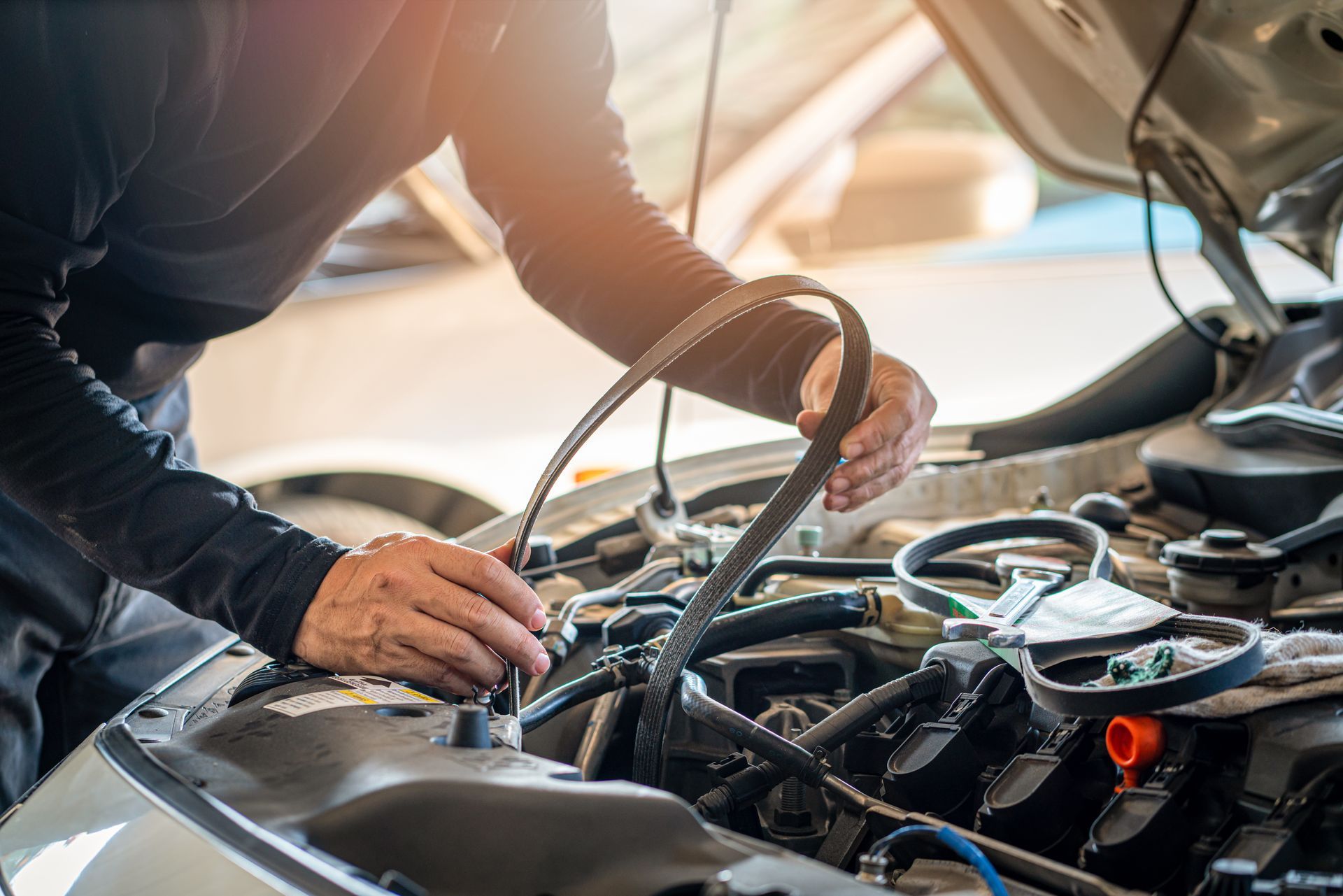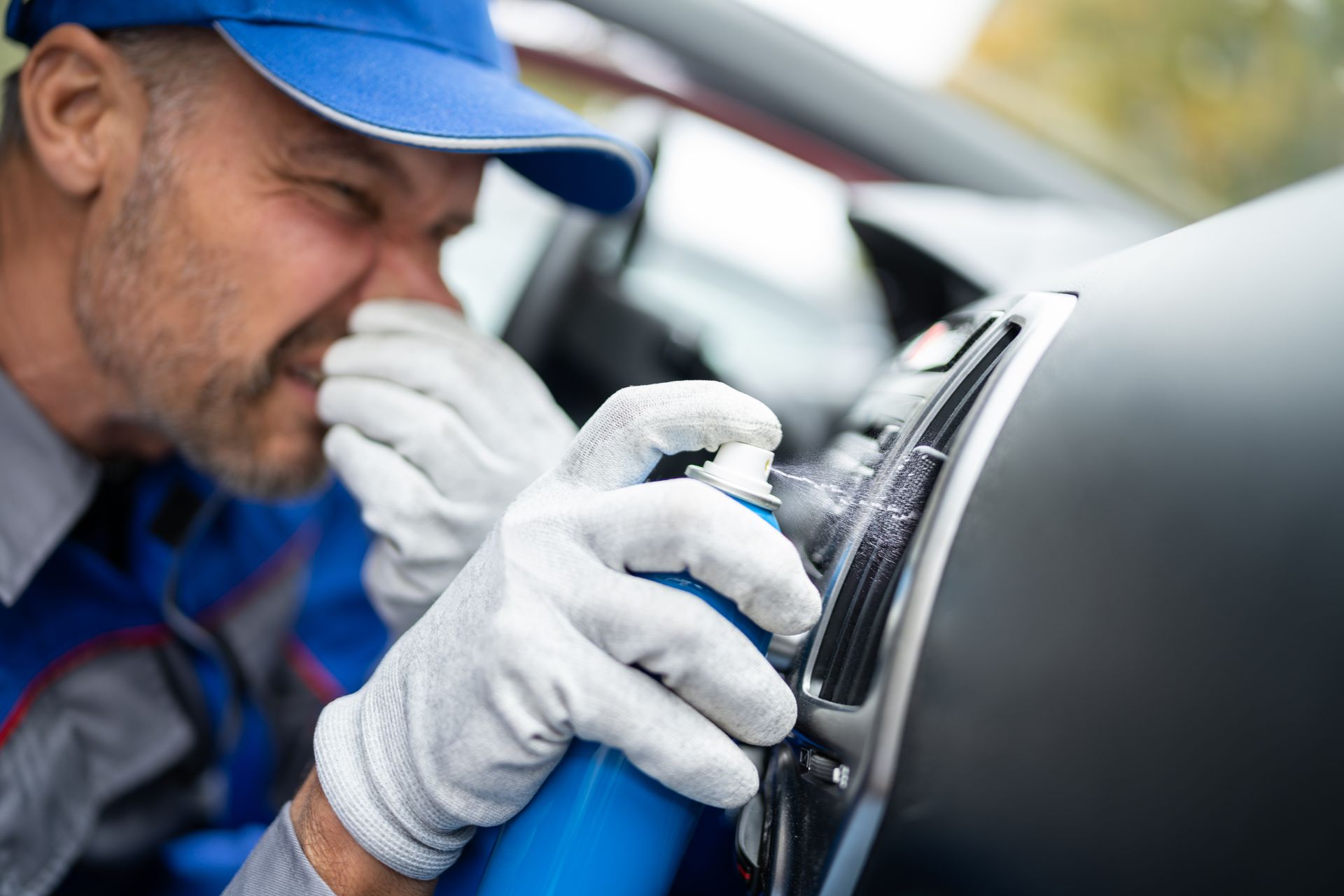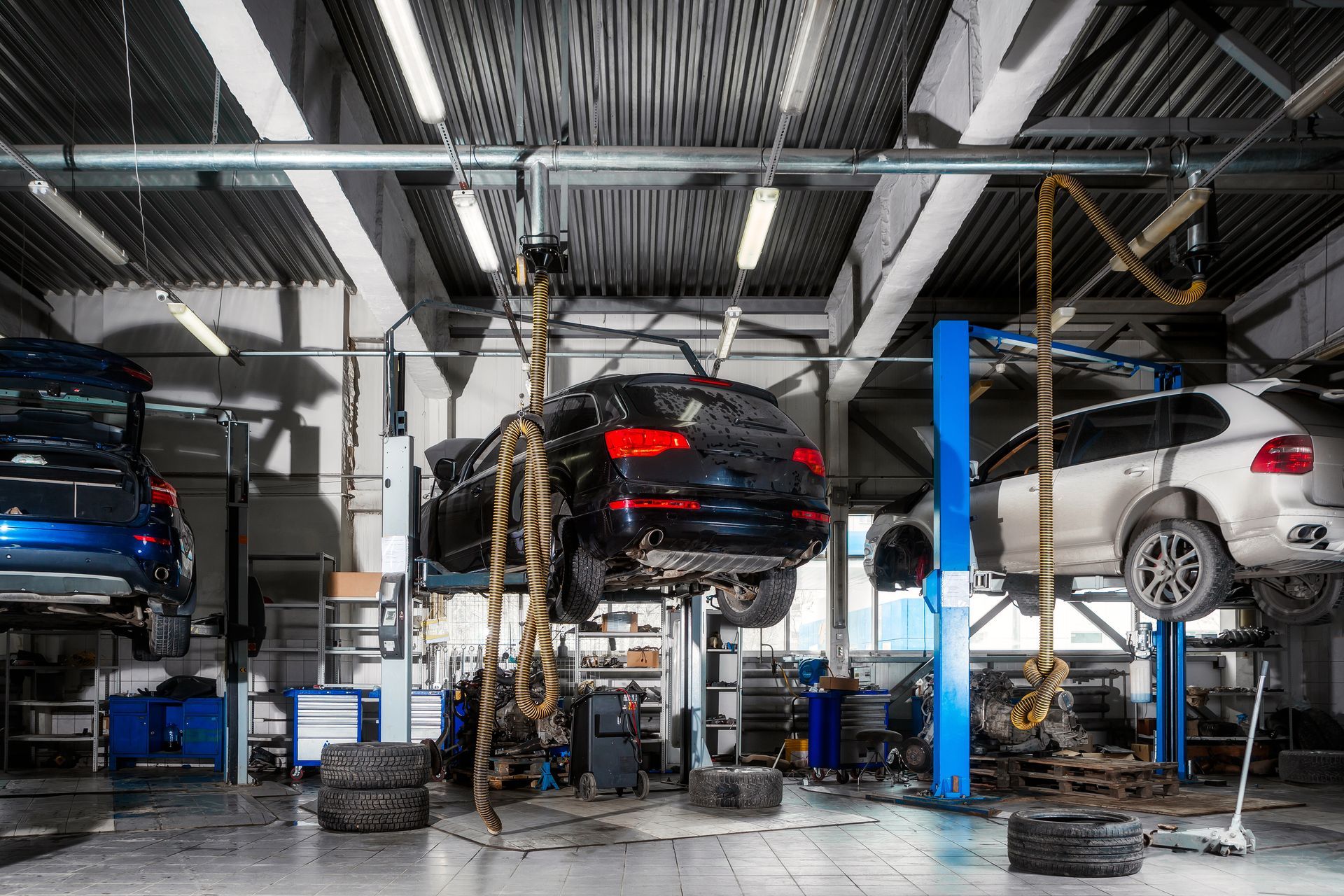Loading ...
Missing business hours data / Error occurred while getting the data.
Loading ...
Missing business hours data / Error occurred while getting the data.
Why Driving in the Nevada Desert Is Tougher on Your Car Than You Think
March 28, 2025
The Nevada desert offers some of the most scenic drives, but the harsh climate can take a serious toll on your vehicle. Blazing temperatures, dry air, and endless dust can lead to overheating, accelerated wear, and performance issues if you’re not prepared. Many drivers don’t realize the impact of desert conditions until their car starts struggling on long stretches of highway.
Heat weakens batteries, dries out rubber components, and causes fluids to evaporate faster than usual. Dust and sand can clog air filters, leading to reduced engine efficiency, while intense sun exposure fades paint and damages interior materials. Staying ahead of these challenges with the right maintenance can help prevent breakdowns and costly repairs. So, how can you keep your car running strong in the desert?
Engine and Cooling System
Extreme heat is one of the biggest challenges for cars in the Nevada desert, and without proper maintenance, it can lead to costly repairs. When temperatures soar past 100°F, your engine, transmission, and cooling system work overtime to keep things running smoothly. If fluids evaporate too quickly or components aren’t in top shape, you could find yourself stranded on the side of the road.
Your cooling system is your car’s best defense against overheating, but it needs regular attention to do its job. Low coolant levels, a failing thermostat, or worn-out hoses can all lead to overheating and potential engine damage. Checking your coolant, flushing the system when needed, and inspecting belts and hoses before a long drive can help prevent trouble before it starts.
Dust and Sand
The dry, dusty air of the Nevada desert doesn’t just cover your car in a layer of dirt—it also makes its way into your engine, air filters, and cabin ventilation system. Over time, dust buildup can reduce engine efficiency, clog air filters, and even cause premature wear on internal components.
To protect your vehicle:
- Check and replace air filters more frequently than the standard recommendation.
- Wash your car often to prevent dust from accumulating in seals, vents, and undercarriage areas.
- Consider using high-quality air filters designed for dusty conditions.
Tire Wear
The asphalt in the desert gets extremely hot, which can cause tires to expand, leading to blowouts or accelerated wear. Driving long distances in scorching temperatures increases the risk of tire failure, especially if your tires are underinflated or already worn down.
Before driving through desert roads, it’s important to:
- Check tire pressure often (since heat causes air expansion).
- Rotate tires regularly to ensure even wear.
- Inspect for cracks, bulges, or worn-out tread that could lead to blowouts.
- Carrying a spare tire and a tire repair kit is always a good idea when traveling through remote desert areas.
Battery Life
Heat is a battery killer, and Nevada’s climate can drain your car battery faster than normal. High temperatures cause fluid inside the battery to evaporate, which weakens its charge and shortens its lifespan. Many drivers are caught off guard when their battery fails prematurely in hot climates.
If you drive regularly in the desert, consider these preventive measures:
- Test your battery every 6–12 months to check its charge.
- Look for corrosion on battery terminals and clean them when needed.
- Park in shaded areas or garages whenever possible to reduce heat exposure.
Brake Performance Suffers
Your brakes generate heat naturally, but desert driving puts even more strain on them. If you drive through mountain passes, canyons, or long highway stretches, excessive braking can overheat the brake pads and rotors, leading to reduced stopping power or brake fade.
To keep your brakes in good shape:
- Avoid riding the brakes on long downhill roads.
- Get your brake pads and fluid checked regularly, as heat can degrade them faster.
- Listen for signs of squeaking or grinding, which indicate worn-out pads.
Get Your Car Ready for Desert Driving at NonStop Auto
Desert driving takes a toll on your vehicle, but with regular maintenance and preventive care, you can extend your car’s lifespan and avoid unexpected breakdowns. We specialize in cooling system checks, tire services, brake inspections, and engine diagnostics to keep your car running in tough conditions.
If you’re planning a long drive through the desert or you live in Nevada year-round, don’t wait until heat, dust, or tire damage catches you off guard. Let our expert technicians inspect your vehicle and prepare it for the challenges of desert driving.
Desert heat can wear your car down faster than you think. Visit
NonStop Auto for cooling system, battery, and tire checks to keep your vehicle protected.
Schedule Your Auto Repairs Now
Loading ...
Missing business hours data / Error occurred while getting the data.
Loading ...
Missing nap lines data / Error occured while getting the data.





